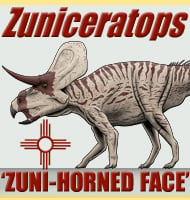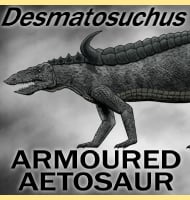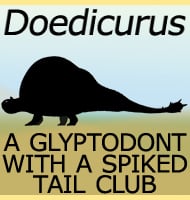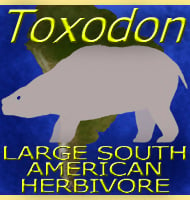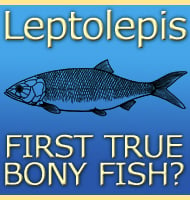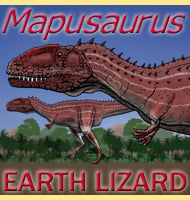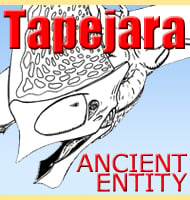In South China paleontologists found the first-ever fossils of duck-billed dinosaurs, specifically from the Lambeosaurini tribe, in the region.
These bones, which are dating back about 70 million years, provide new clues about dinosaur migration patterns and ancient ecosystems.
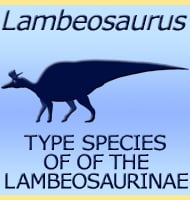
The discovery is Important because it suggests that these dinosaurs, which are more common in North America, likely travelled to South China during the Late Cretaceous period.
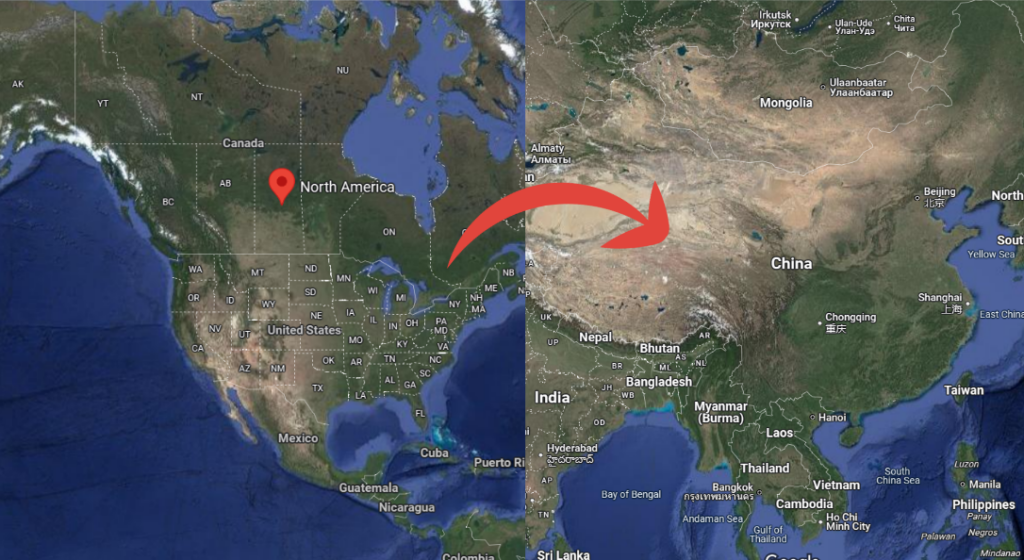
This finding has a big impact on our understanding of how dinosaurs moved around the planet.
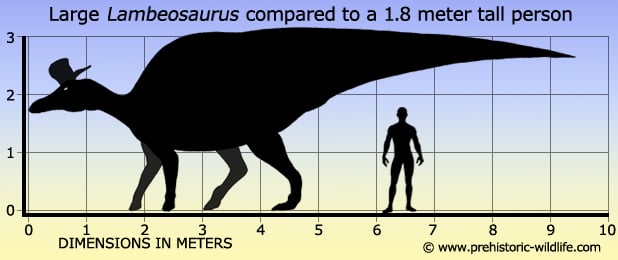
The fossils were discovered in 2009 at a construction site in Sihui, Guangdong province, by an amateur fossil hunter. The hunter donated them to the Sihui Museum.
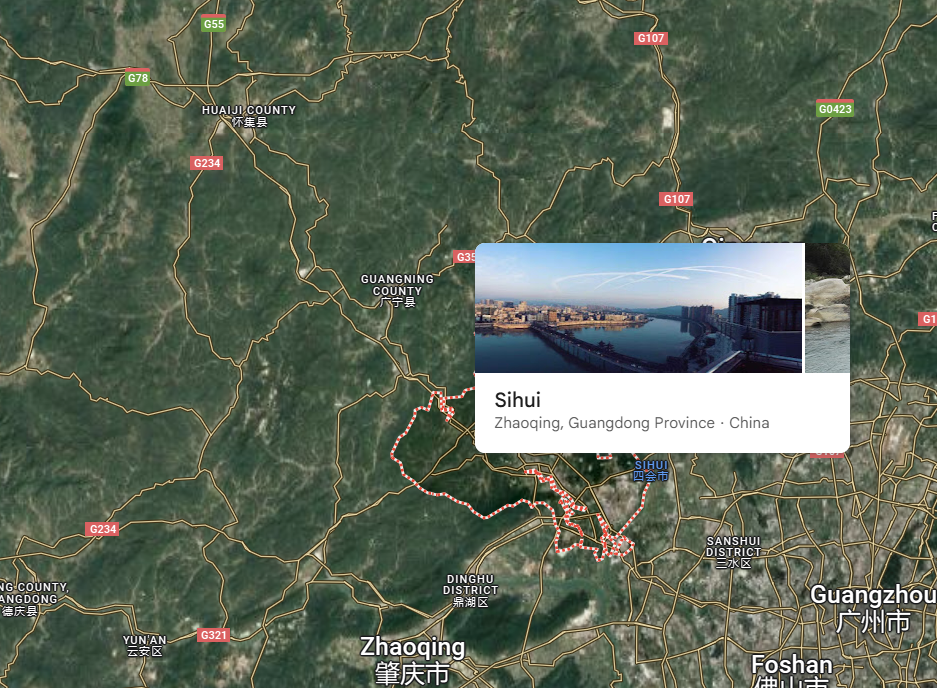
The fossils included parts of the backbone, a humerus, a hip bone (ilium), a thigh bone (femur), and a shin bone (tibia).
Researchers from China and Canada worked together to clean and study the fossils. By 2020, they were able to identify them as belonging to the Lambeosaurini tribe.
This group of dinosaurs is known for their duck-like bills and is a subfamily of Hadrosauroidea.
What the Fossils Reveal About Lambeosaurini dinosaurs
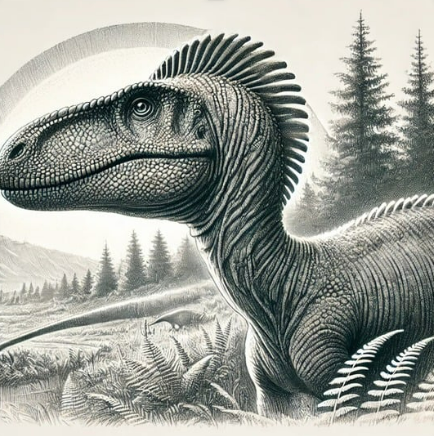
- The fossils are from a single dinosaur, which was around 8 meters long. It was likely not fully grown.
- The dinosaur had thousands of teeth, perfect for chewing tough plants.
- Lambeosaurini dinosaurs also had special crests on their heads. These crests might have been used for communication.
A rare feature of this fossil is the presence of long, narrow neural spines. These are bony parts that stick up from the vertebrae.
These spines are more common in North American dinosaurs and suggest a connection.
What does fossils tells about Migration
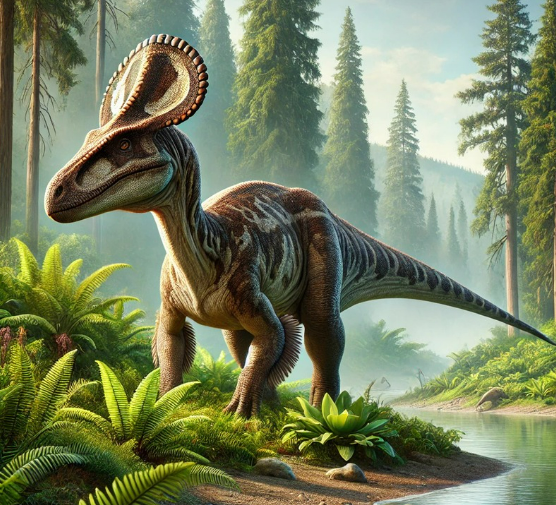
The location of this find suggests that some Lambeosaurini dinosaurs migrated from North America to Asia. Researchers believe they traveled across the Bering Strait, a land bridge that connected the two continents in the past.
This discovery also helps show what kind of animals lived in the region before the mass extinction at the end of the Cretaceous period.
The area where the fossils were found also contained teeth from another type of dinosaur, the tyrannosauroid.
Why This Discovery Matters
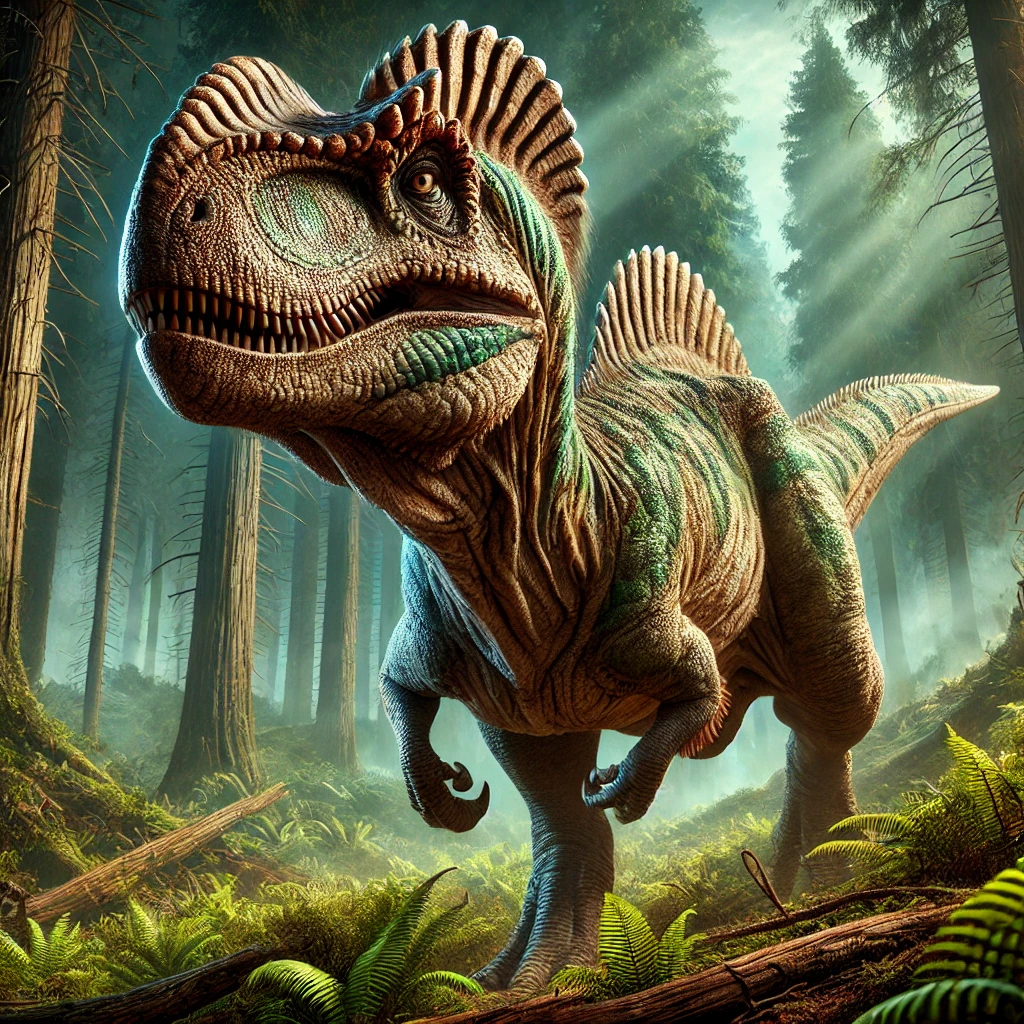
- This is the first time that a Lambeosaurini fossil has been found in South China.
- It is also the first hadrosauroid fossil found in the Sanshui Basin.
- This find indicates that the area was once home to a typical Late Cretaceous Laurasian dinosaur group.
The research team believes there may be more fossil discoveries to come in the Sanshui Basin. This find highlights the importance of continued paleontological research in China.
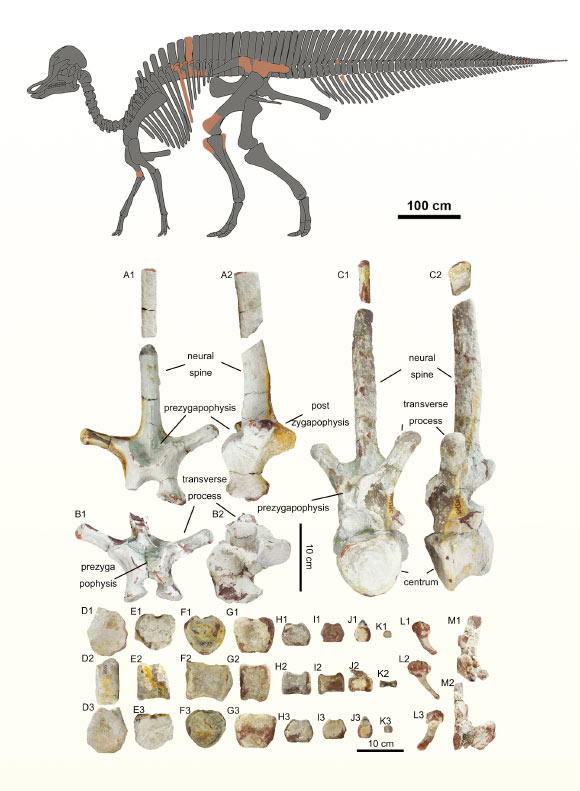
The research paper about this discovery was published in the journal Historical Biology.
The team’s findings will help understand the ecological conditions across various regions before the mass extinction during the Late Cretaceous period. The finding also represents the only evidence suggesting a potential migration of North American dinosaurs to the region in Late Cretaceous.


